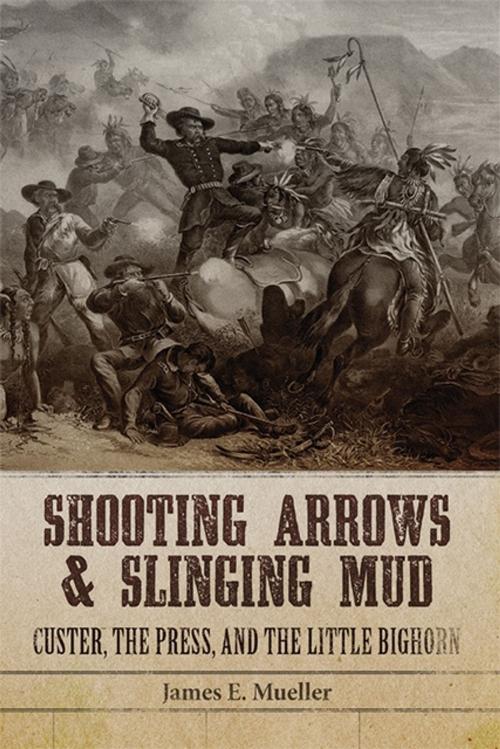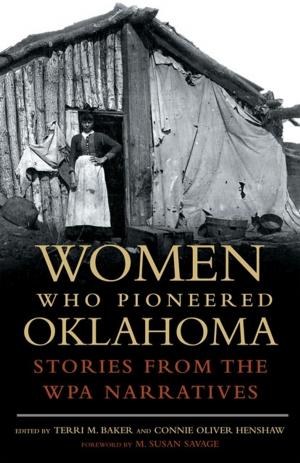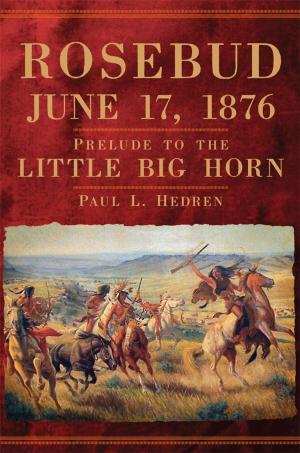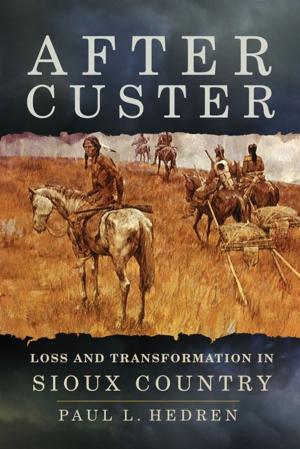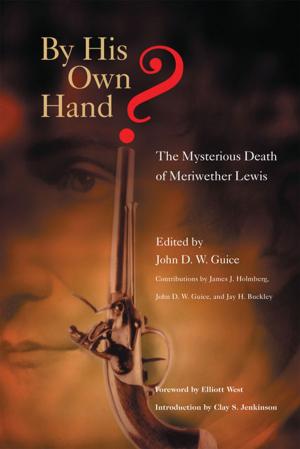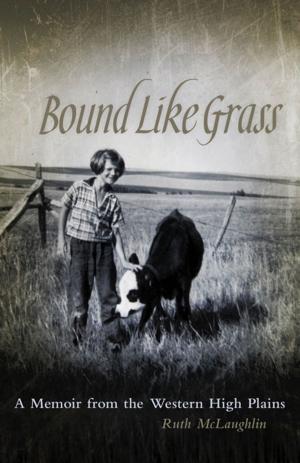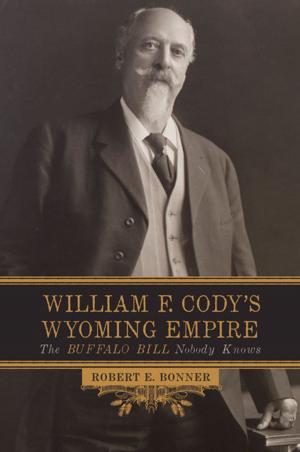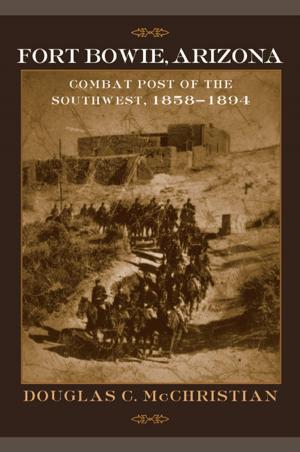Shooting Arrows and Slinging Mud
Custer, the Press, and the Little Bighorn
Nonfiction, Reference & Language, Language Arts, Journalism, Biography & Memoir, Historical, Social & Cultural Studies, Social Science| Author: | James E. Mueller | ISBN: | 9780806151090 |
| Publisher: | University of Oklahoma Press | Publication: | November 7, 2013 |
| Imprint: | University of Oklahoma Press | Language: | English |
| Author: | James E. Mueller |
| ISBN: | 9780806151090 |
| Publisher: | University of Oklahoma Press |
| Publication: | November 7, 2013 |
| Imprint: | University of Oklahoma Press |
| Language: | English |
The defeat of George Armstrong Custer and the Seventh Cavalry at the Battle of the Little Bighorn was big news in 1876. Newspaper coverage of the battle initiated hot debates about whether the U.S. government should change its policy toward American Indians and who was to blame for the army’s loss—the latter, an argument that ignites passion to this day. In Shooting Arrows and Slinging Mud, James E. Mueller draws on exhaustive research of period newspapers to explore press coverage of the famous battle. As he analyzes a wide range of accounts—some grim, some circumspect, some even laced with humor—Mueller offers a unique take on the dramatic events that so shook the American public.
Among the many myths surrounding the Little Bighorn is that journalists of that time were incompetent hacks who, in response to the stunning news of Custer’s defeat, called for bloodthirsty revenge against the Indians and portrayed the “boy general” as a glamorous hero who had suffered a martyr’s death. Mueller argues otherwise, explaining that the journalists of 1876 were not uniformly biased against the Indians, and they did a credible job of describing the battle. They reported facts as they knew them, wrote thoughtful editorials, and asked important questions.
Although not without their biases, journalists reporting on the Battle of the Little Bighorn cannot be credited—or faulted—for creating the legend of Custer’s Last Stand. Indeed, as Mueller reveals, after the initial burst of attention, these journalists quickly moved on to other stories of their day. It would be art and popular culture—biographies, paintings, Wild West shows, novels, and movies—that would forever embed the Last Stand in the American psyche.
The defeat of George Armstrong Custer and the Seventh Cavalry at the Battle of the Little Bighorn was big news in 1876. Newspaper coverage of the battle initiated hot debates about whether the U.S. government should change its policy toward American Indians and who was to blame for the army’s loss—the latter, an argument that ignites passion to this day. In Shooting Arrows and Slinging Mud, James E. Mueller draws on exhaustive research of period newspapers to explore press coverage of the famous battle. As he analyzes a wide range of accounts—some grim, some circumspect, some even laced with humor—Mueller offers a unique take on the dramatic events that so shook the American public.
Among the many myths surrounding the Little Bighorn is that journalists of that time were incompetent hacks who, in response to the stunning news of Custer’s defeat, called for bloodthirsty revenge against the Indians and portrayed the “boy general” as a glamorous hero who had suffered a martyr’s death. Mueller argues otherwise, explaining that the journalists of 1876 were not uniformly biased against the Indians, and they did a credible job of describing the battle. They reported facts as they knew them, wrote thoughtful editorials, and asked important questions.
Although not without their biases, journalists reporting on the Battle of the Little Bighorn cannot be credited—or faulted—for creating the legend of Custer’s Last Stand. Indeed, as Mueller reveals, after the initial burst of attention, these journalists quickly moved on to other stories of their day. It would be art and popular culture—biographies, paintings, Wild West shows, novels, and movies—that would forever embed the Last Stand in the American psyche.
